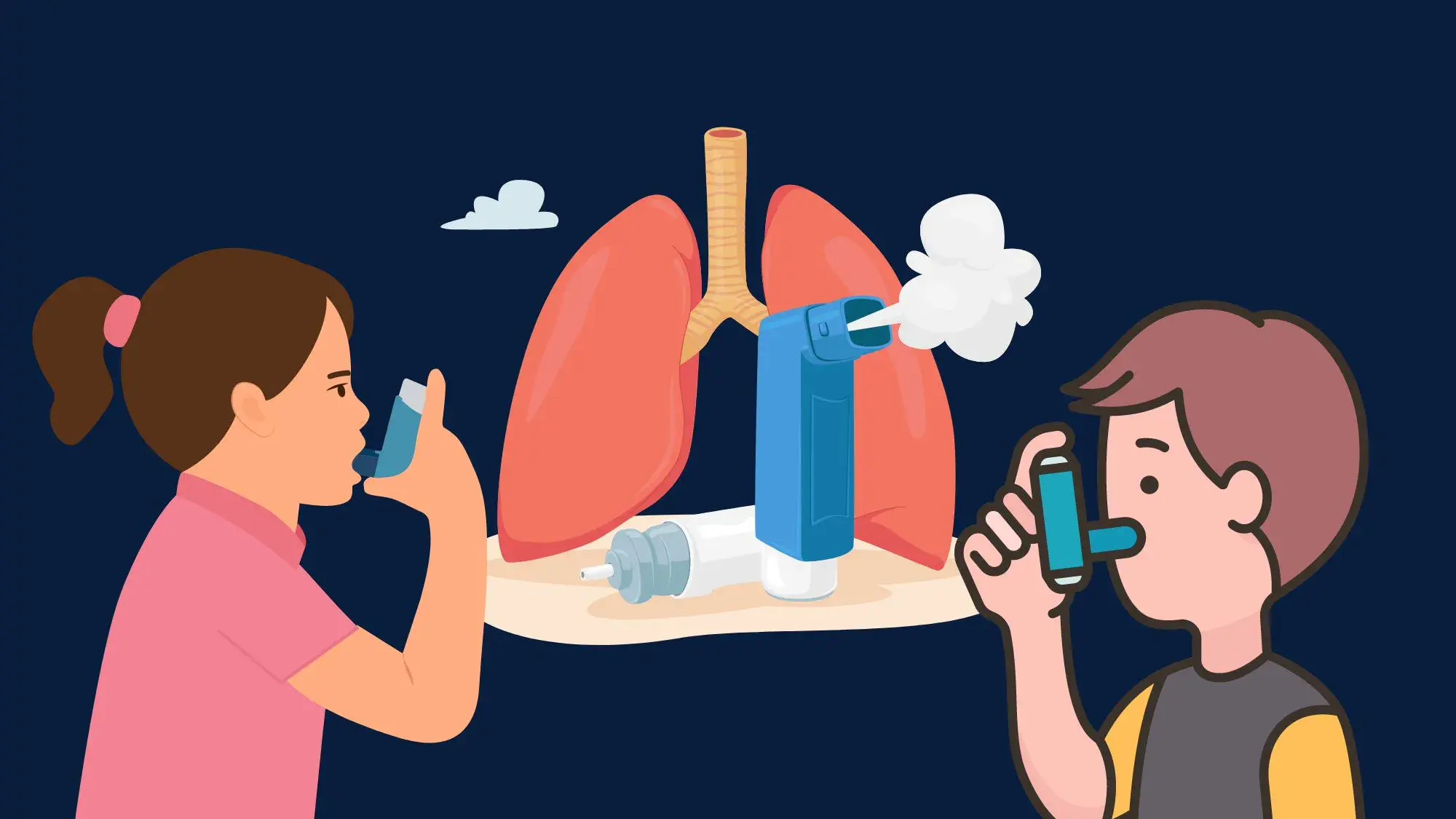
Understanding Childhood Asthma
Asthma in children can be triggered by allergens, cold air, exercise, respiratory infections, or environmental pollutants. It results in inflamed airways, shortness of breath, wheezing, and coughing. Recognizing the symptoms early and having a personalized asthma management plan is critical for long-term control.
Medical Treatments for Childhood Asthma
Conventional medicine provides several scientifically backed solutions for asthma management in kids. These include quick-relief medications and long-term control options.
| Medication Type | Examples | Purpose | How It's Used |
|---|---|---|---|
| Short-acting bronchodilators | Albuterol (Ventolin, ProAir) | Provides fast relief during attacks | Inhaled during flare-ups |
| Inhaled corticosteroids | Fluticasone (Flovent), Budesonide | Reduces airway inflammation | Daily long-term use |
| Leukotriene modifiers | Montelukast (Singulair) | Controls allergic reaction triggers | Daily oral medication |
| Combination inhalers | Fluticasone/salmeterol (Advair) | Long-term control & quick relief | Daily and as needed |
🧑⚕️ Consult your pediatrician before starting or adjusting any medical treatment.
Natural Remedies That May Help
While medication remains essential, natural therapies can complement medical treatment, especially when focused on reducing environmental triggers and supporting overall immune health.
| Natural Solution | How It Helps | Tips for Use |
|---|---|---|
| Air purifiers | Removes allergens and pollutants from indoor air | Use HEPA filters in bedrooms |
| Salt therapy (halotherapy) | May reduce inflammation and mucus | Visit salt rooms or use home devices |
| Omega-3 fatty acids | Anti-inflammatory properties | Include in diet (e.g., salmon, flaxseed) |
| Breathing exercises | Improves lung capacity and reduces stress | Try Buteyko or Papworth techniques |
| Avoiding triggers | Prevents flare-ups caused by dust, pollen, pets, etc. | Regularly clean and ventilate the home |
🌬️ Always discuss natural remedies with your child’s doctor to avoid interactions or complications.
Lifestyle Tips for Asthma-Friendly Homes
Creating an asthma-friendly home can significantly reduce the frequency and severity of symptoms:
- 🧼 Keep indoor air clean with air purifiers and no smoking indoors.
- 🧹 Vacuum and dust regularly to remove dust mites and pet dander.
- 🌡️ Maintain optimal humidity levels (30–50%) to prevent mold.
- 🐶 Limit pet exposure if your child is allergic to dander.
- 🛏️ Use hypoallergenic bedding to reduce nighttime symptoms.
When to Seek Emergency Help
Parents should recognize the signs of a severe asthma attack, including:
- Rapid breathing or shortness of breath
- Blue lips or fingernails
- No improvement after using a rescue inhaler
- Trouble speaking or walking due to breathlessness
🚨 If these symptoms appear, call 911 or go to the nearest ER immediately.
Conclusion: A Holistic Approach to Relief
Managing childhood asthma effectively often involves a combination of medical treatments and natural remedies. With a proactive approach—balancing medications, lifestyle changes, and regular consultations—parents can significantly improve their child’s quality of life. Remember, what works for one child may not work for another, so personalized care is key. 🧡
